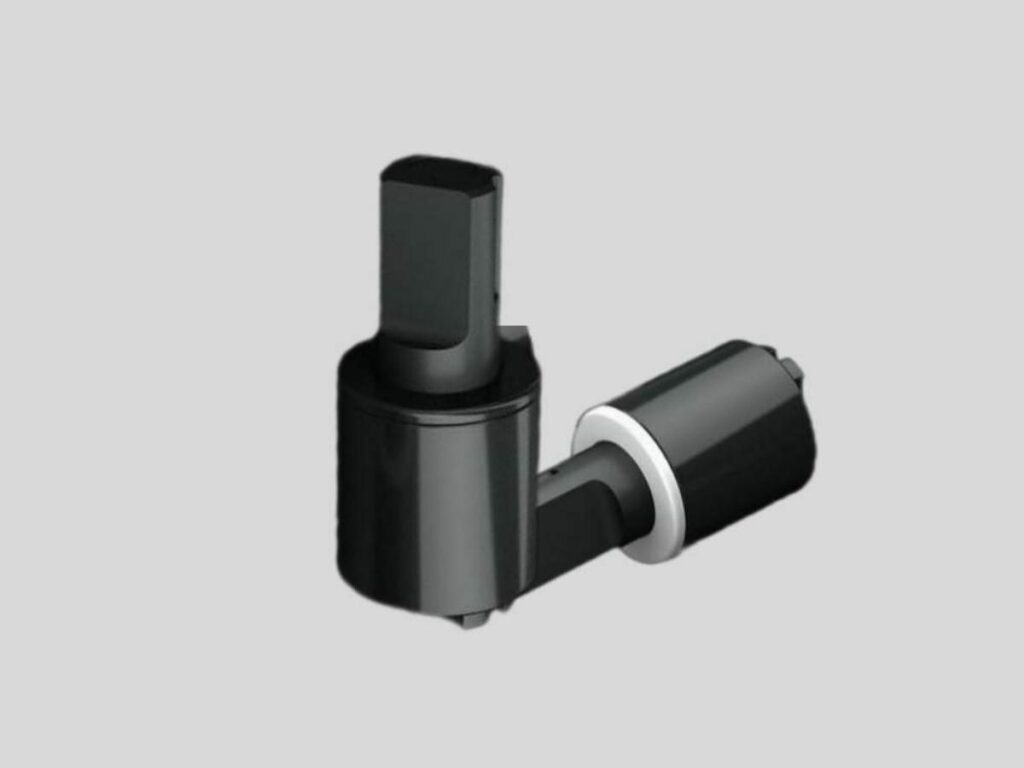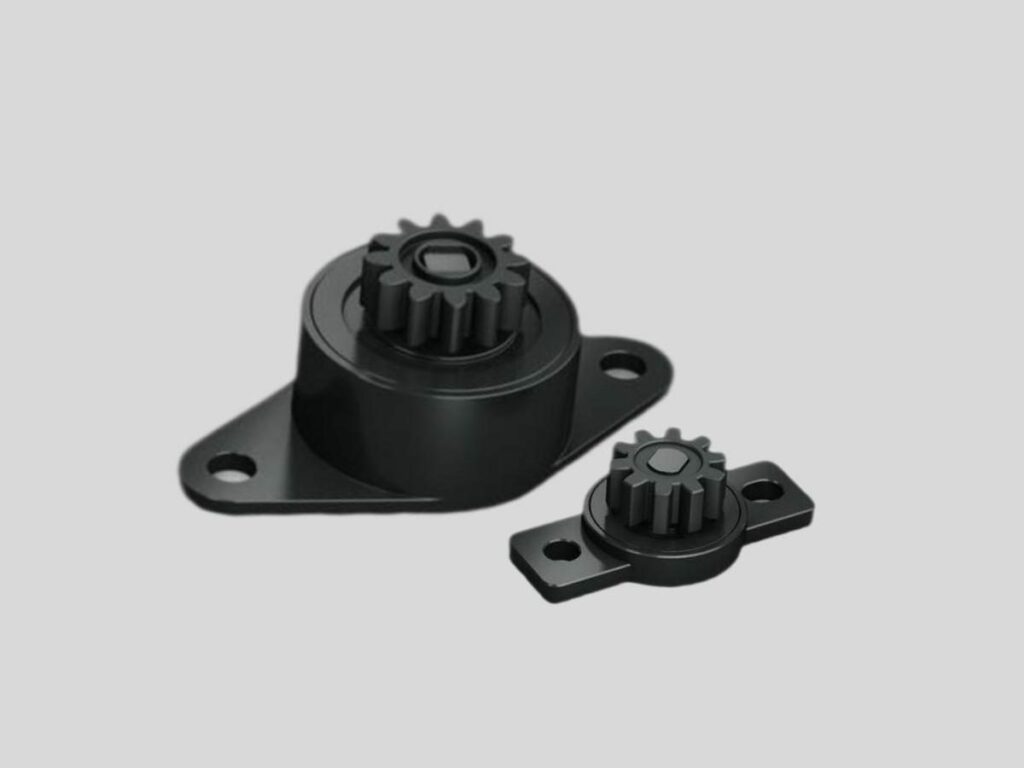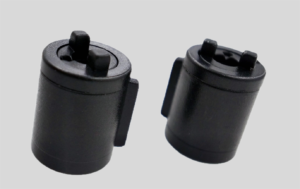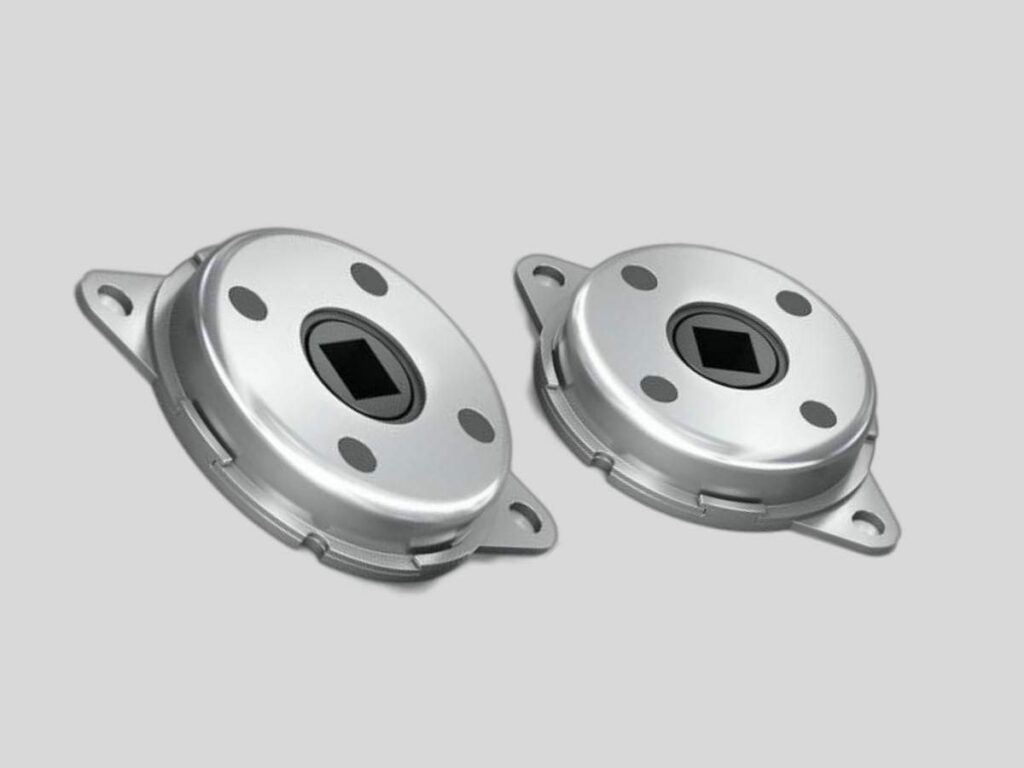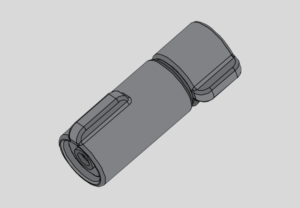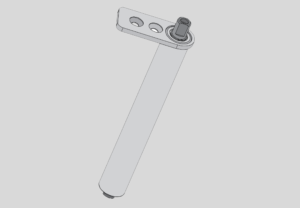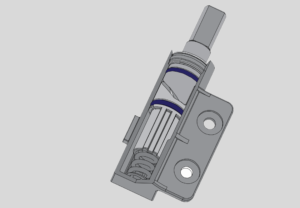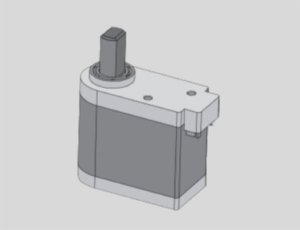Soft Motion
Amaze your consumers with a more friendly and thoughtful design.
- Home
- Rotary Damper manufacturer | Precision Damping Solutions | Peirdamper China
Rotary Damper
Rotary damper is a rotational device to slow down an objective’s movement.
The temperature-resistant oil generates fluid resistance to achieve the desired soft-closing or soft-opening force, either one-way or two-way. The gentle movement and mute effect make your product feel luxurious and safer, and also offers a brilliant user experience.
Click to know more:
Rotary Damper Family
Peir, a rotary damper manufacturer, is working with many world-class companies globally. With a manufacturing base in China and service branches across North America, Europe, South America, and Asia, Peir offers an extensive collection of dampers, ensuring easy and reliable solutions for diverse product designs. These dampers can categorize into different types; they are:
- By rotate angle: Infinite or Finite.
- By working directions: one-way or two-way.
- By design/shape: Vane damper, Gear Damper, Disc Damper, Barrel Damper, etc.
- Torque can be big or small if the size or material changes.
Also, the minimum lifecycle is 30,000, some models can achieve up to 60,000 cycles.
Lastest Innovation
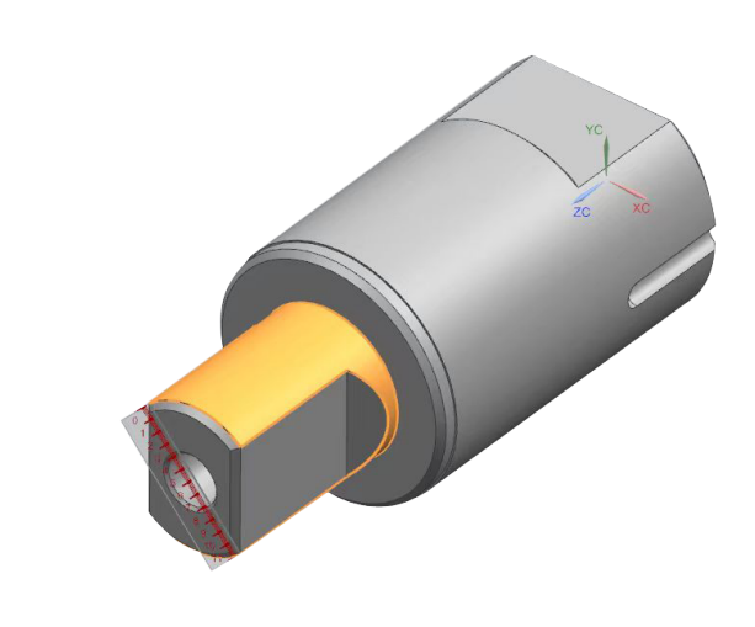
JP-CN20A
- Easy Lid Opening:
Friendly and Premium feeling.
- Activate Angle 30 degree:
Traditional damper activate from ~50 degree
- Adjustable Torque:
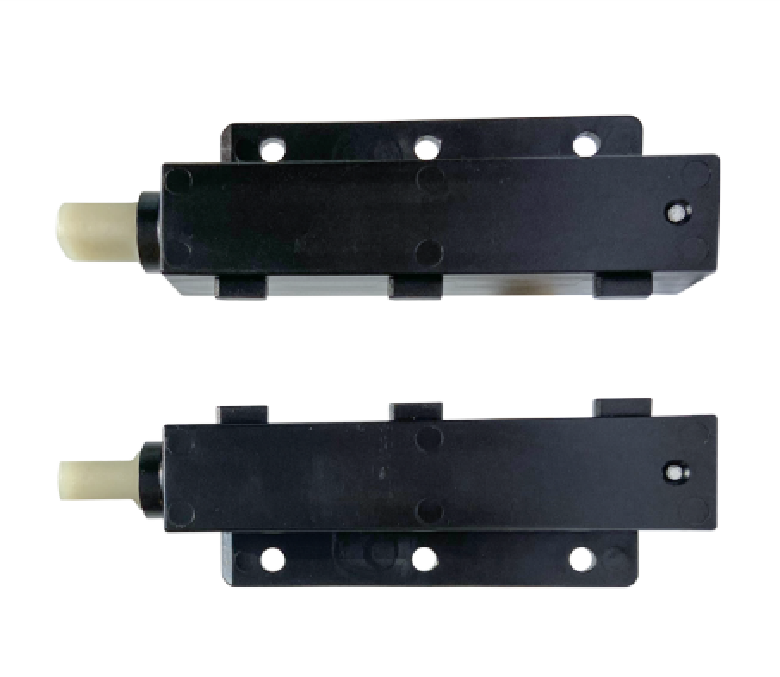
PR-T115
- Easy Lid Opening:
Friendly and Premium feeling.
- Activate Angle 15 degree:
- High Torque :
Torque Calculation
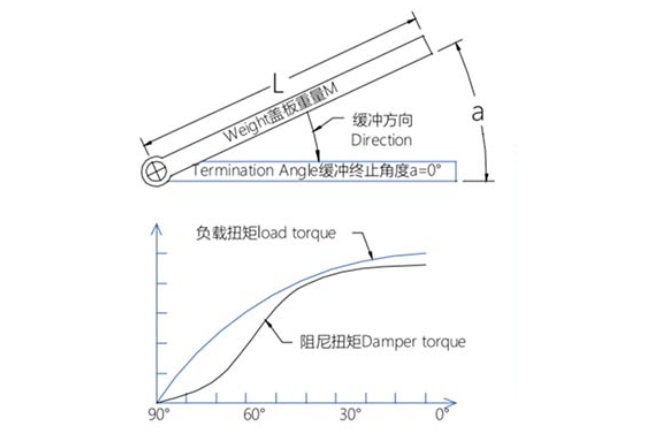
Torque Calculation:
Example 1:

Torque Calculation:
Example 2:
Production Automation
- 24 injection molding machines
- 24 robotic arms
- 5 zinc alloy die-casting machines
- 5 LNC-R6800 robotic arms, grinding machine
- 22 ultrasonic units
- 22 glue dispensers
- 5 shredding machines
- 3 injection molding machines
- 4 automated O-ring machines
- 4 assembly workshops
- 4 linear rod workshops
Quaranteed Quality
Where are Damper Used?
Rotary dampers are used in the interior of vehicles, washing machines, refrigerators, coffee machines, toilet covers, furniture, and much more device with a lid or hinge that requires frequent, quiet, and smooth opening and closing.
How To Install Rotary Damper?
How do rotary dampers work? Rotary dampers work by rotation around a single axis. The oil inside the damper produces a damping torque on the movement of the moving parts.
Global Team
Hi, my friend. Thanks for your interest in our damper and gas spring.
When you contact us, you’ll almost always speak with our experienced team, who really want to help…
Here is our team around the world to support you.
Dongguan Factory
Email: zola@peir-hk.com
HongKong Office
Email: zola@peir-hk.com
USA office
Email:valeria.gomez.olivar@gmail.com
Mexico office
Email: valeria.gomez.olivar@gmail.com
India office
Email: abhishek.pandey@peir-hk.com
Brazil Office
Email: info@peir-hk.com

